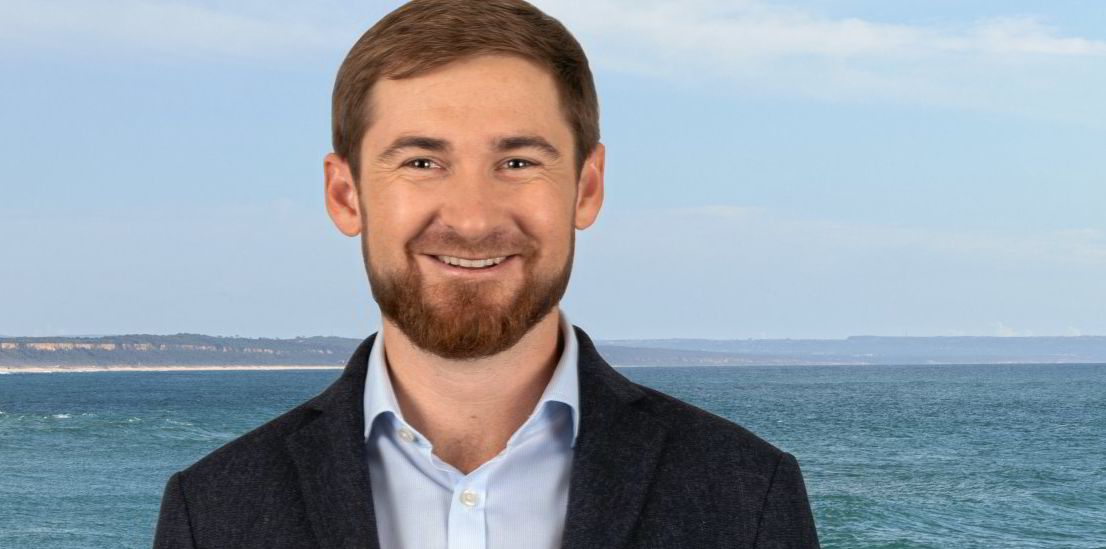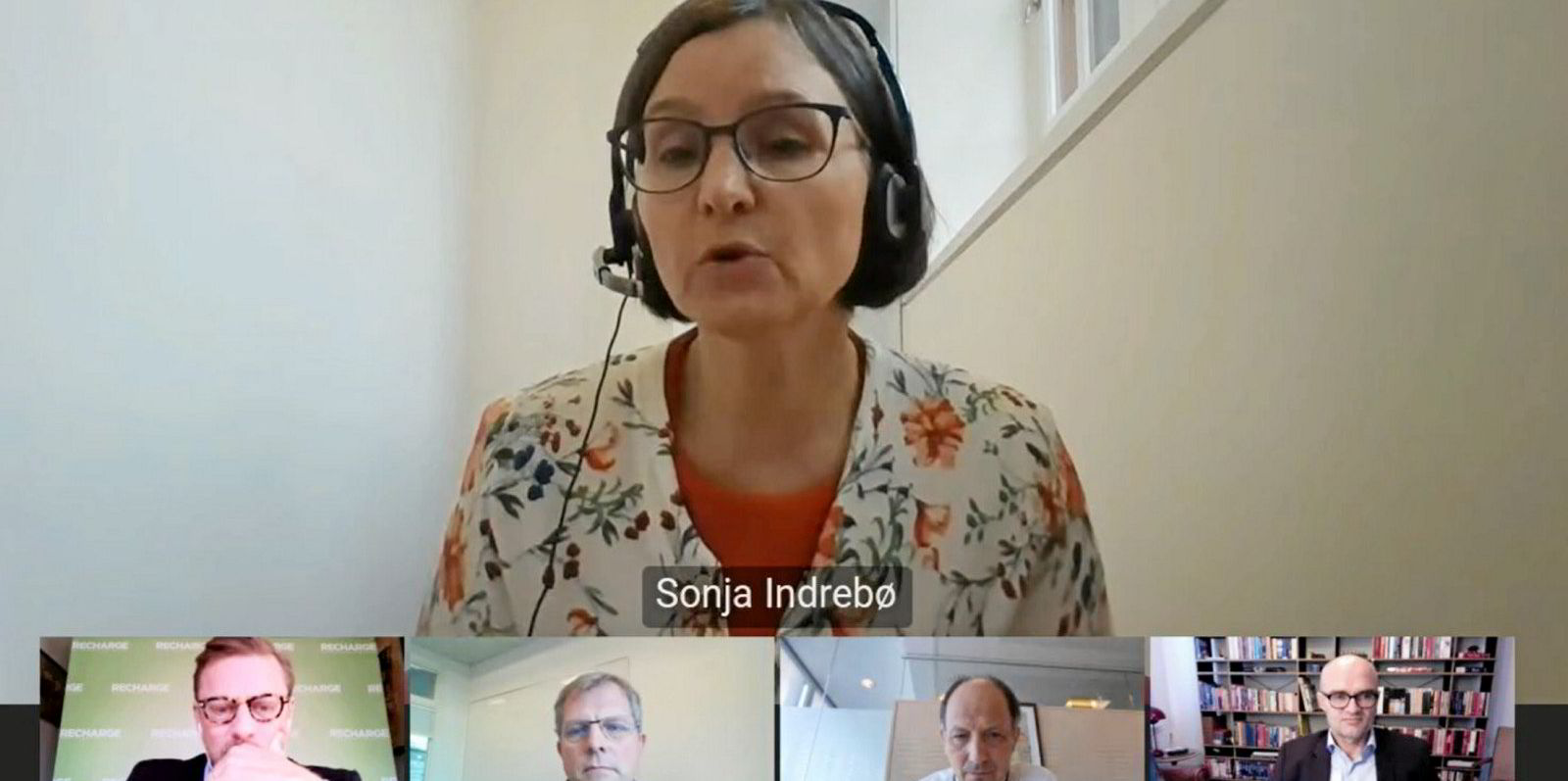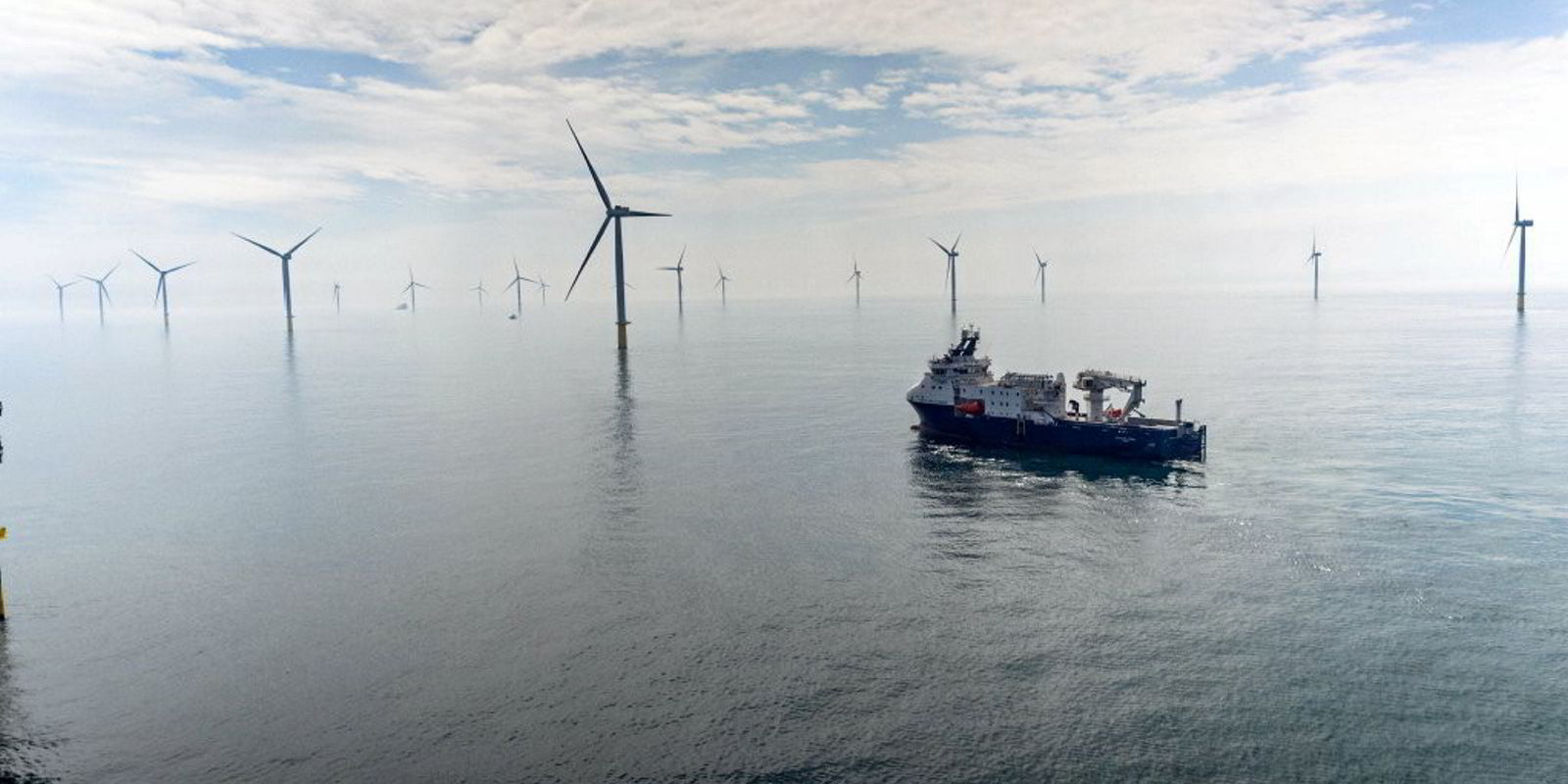Wind power – as the International Energy Agency and the International Renewable Energy Agency among others project – will be the largest source of energy in a net zero economy that limits global temperatures to 1.5°C. But building the over 8.1TW of capacity of plant capacity that will provide one-third of global energy demand by 2050 requires that there is a dramatic scale-up of annual installations to four-times that achieved last year.
The global energy transition is gathering momentum – and the accompanying news-stream becoming an information deluge. Separate the green giants from the greenwash and the hard facts from the click-bait headlines with Recharge Agenda, our curation of the market-making events of the week, distilled down into one quick-read newsletter. Sign up here for free
This unprecedented expansion of both onshore and offshore wind is plainly not happening quickly enough. And such transformational growth will not happen with business as usual policies and more of what climate action campaigner Greta Thunberg inimitably denounced as ongoing “blah blah blah” from the world’s power-brokers.
We need fearless action from governments that recognises the existential and time-sensitive nature of this emergency.
While it is easy to feel discouraged by the politics, widespread greenwashing, and the difficulty establishing global, binding commitments, I left the conference after the first week feeling that we are truly at an inflection point.
Here are six reasons why, through the lens of the offshore wind industry:
The resource. The potential of offshore wind is immense, with the potential to power the world’s energy demand 18-times over. Beyond the 2TW that could be turning by mid-century, some 16.5GW of floating turbines alone to be in the water by 2030, a dramatic increase from the 6.5GW the Global Wind Energy Council was anticipating only a year ago.
The technology. Innovation over the last decade means that offshore wind can be deployed anywhere in the world almost immediately. Deepwater, far-from-shore. Typhoons, tsunamis. This technology-enabled flexibility ensures that the best wind resource can be harnessed while minimising impacts and delivering environmental justice to communities that have been historically affected by the worst impacts of power production.
Knowledge. Over 30 years of industry experience means we know what works and what doesn’t. Renewable energy industry organisations are working tirelessly to ensure that these lessons learned are widely available so that countries can get it right from the start and scale quickly. The Roadmap to Integrate Clean Offshore Renewable Energy into Climate-smart Marine Spatial Planning published by the United Nation’s Global Compact and IOC-Unesco on Oceans’ Day earlier this year is a great example.
Competitiveness. Following a decade where we reduced levelised cost of energy by over 60%, offshore wind, along with onshore wind and solar, is now often the lowest cost / highest value source of new-build generation, meaning that there are no more financial excuses for inaction.
Finance. There is a tremendous amount of capital that is ready to finance offshore wind projects in markets where governments establish the right conditions. Institutions like the World Bank and the International Finance Corporation are working to make sure financing is available in emerging markets, which will enable the democratisation of offshore wind and expansion to vulnerable nations that need secure and stable clean energy.
Jobs. Offshore wind is highly skills intensive and requires an industrial revolution to build and maintain the ports, facilities and infrastructure for delivery. This creates a tremendous demand for skilled labour with requirements that are highly similar to those found in fossil fuel exploration, production, and generation. It is inevitable that these industries will be displaced if we are to achieve net zero — our responsibility is to ensure a just transition and provide opportunities and training that enables the work force to bring these high value skills into our industry.
Beyond these reasons to take courage, it is energising to see that the technical feasibility of net zero now seems to be almost universally accepted, with questions mostly limited to timing. This is a colossal shift in attitude from previous COPs.
I am hopeful that the continued exposure of decision makers to the value of large-scale offshore wind power will show that climate action and economic growth are fully compatible. By increasing knowledge and removing fear, we can remove objections to actions and enable greater ambition to act in time.
· Aaron Smith is chief commercial officer at floating wind technology developer Principle Power




